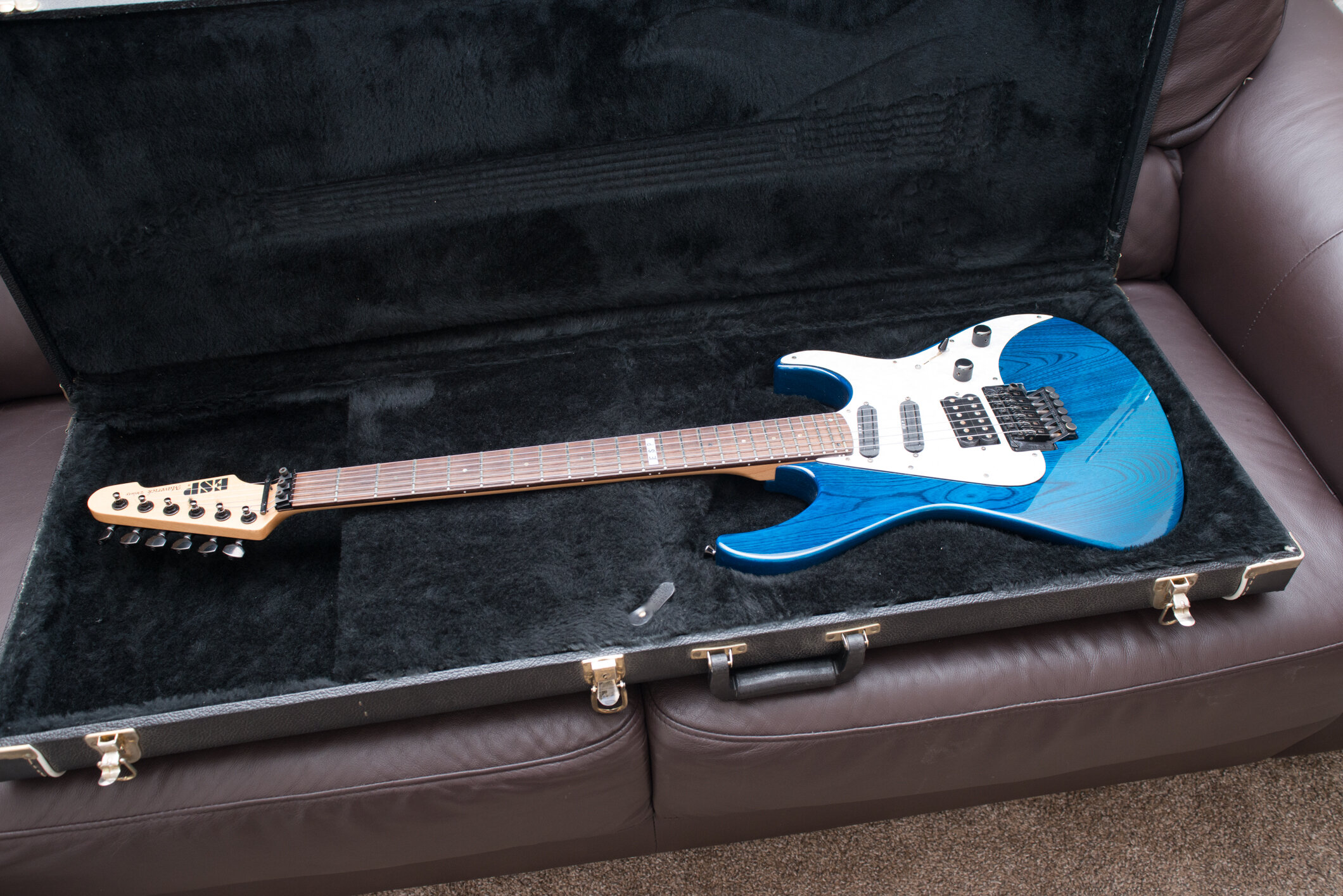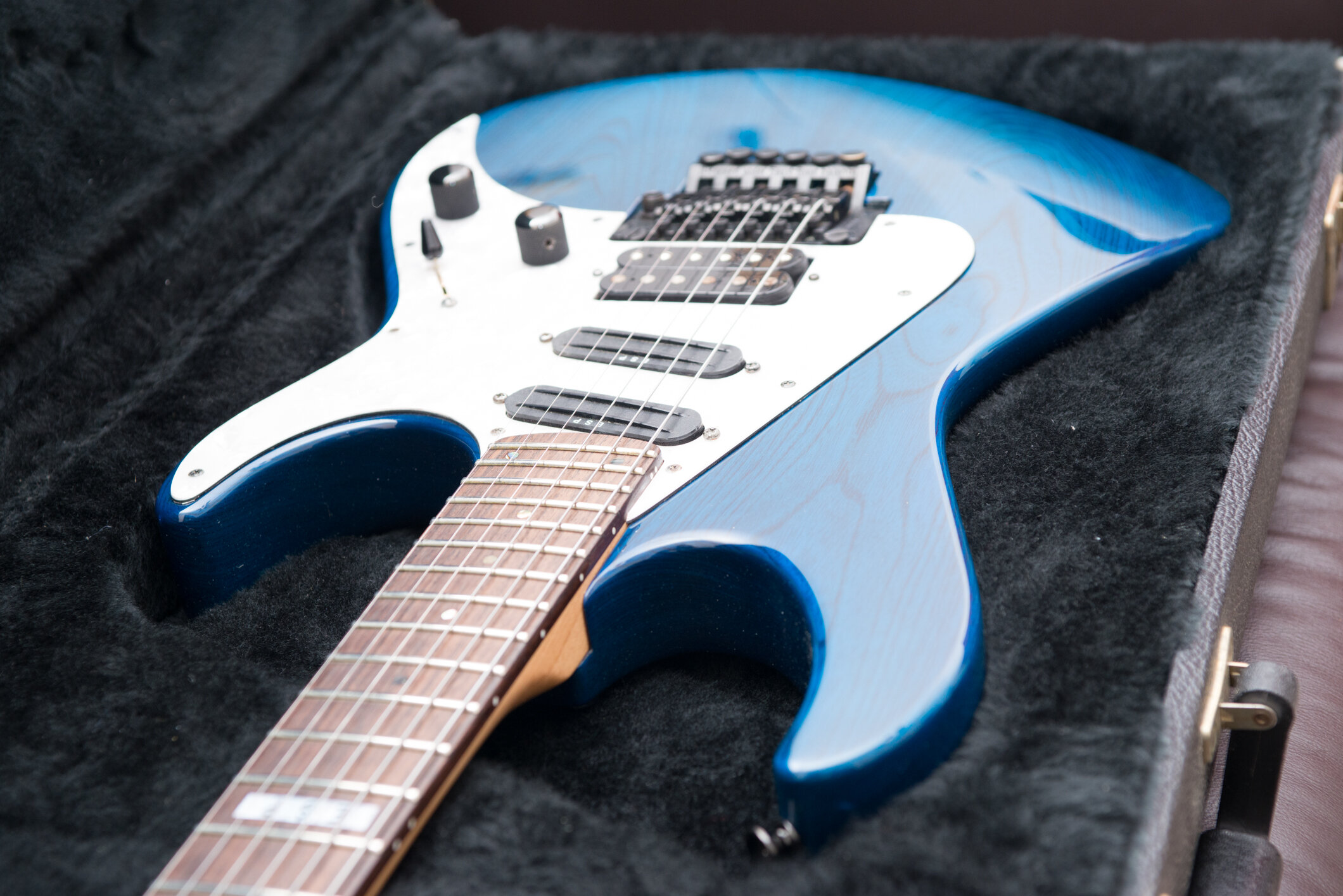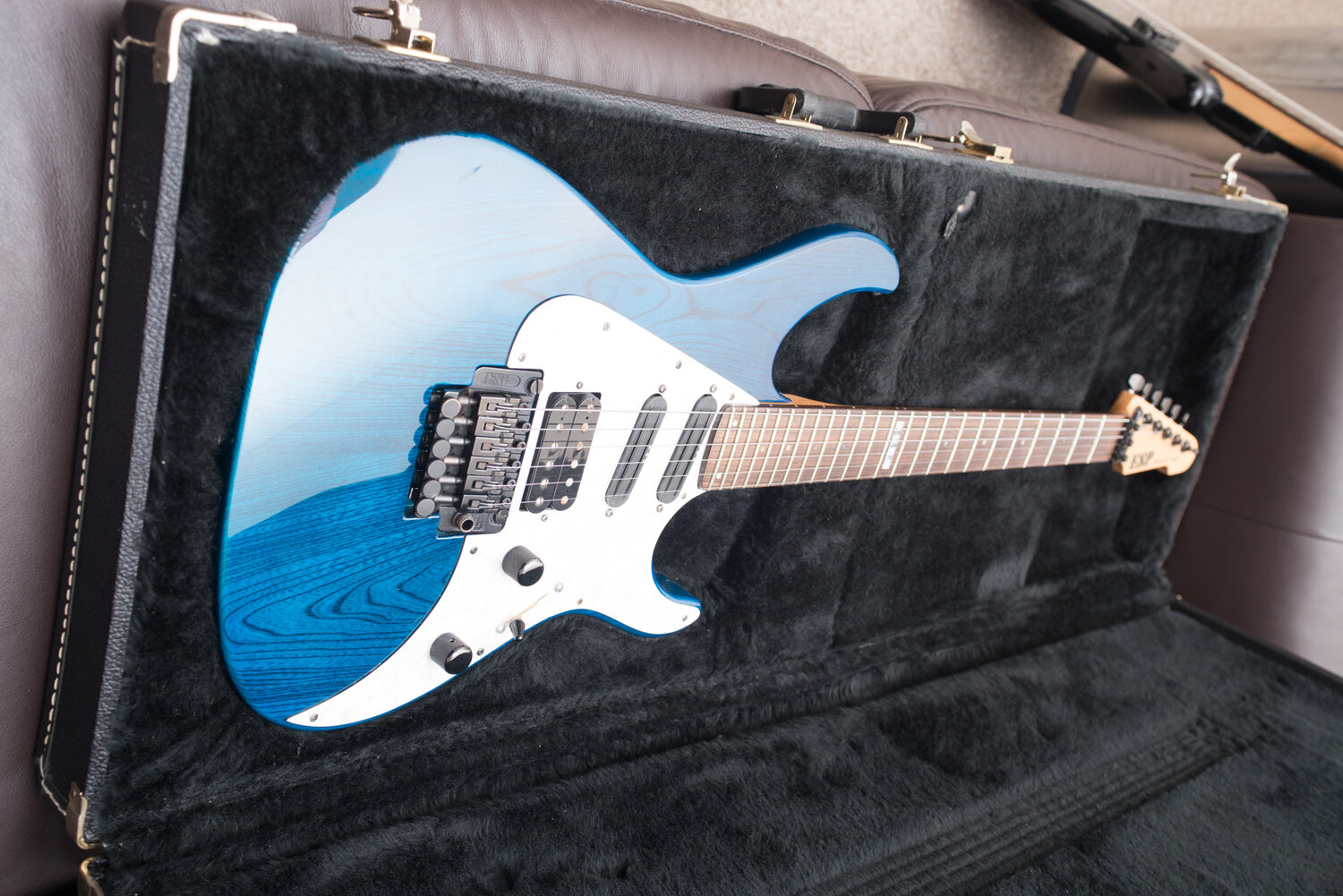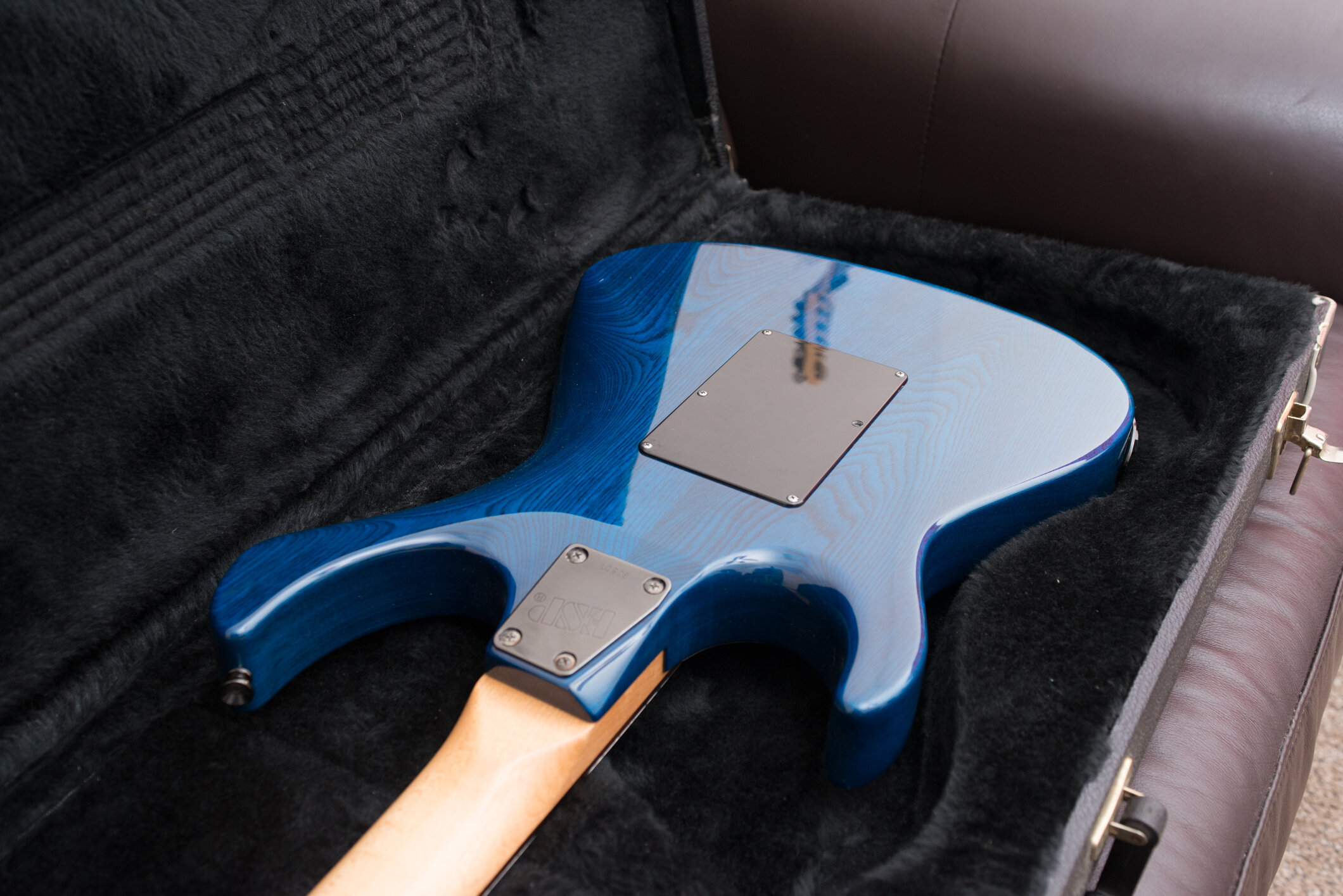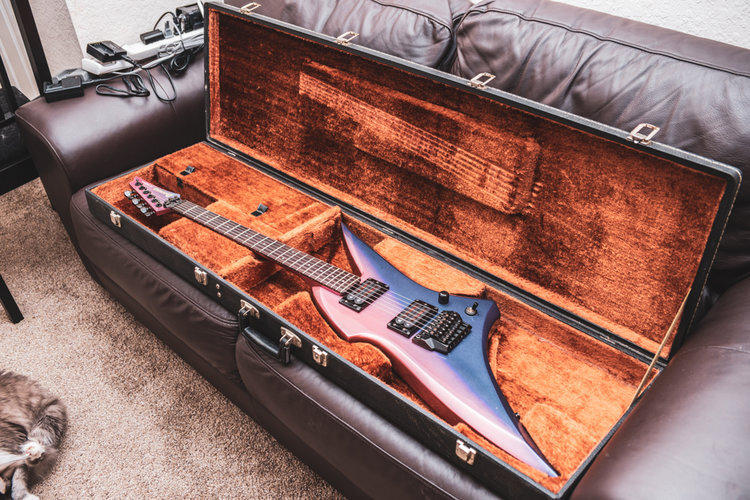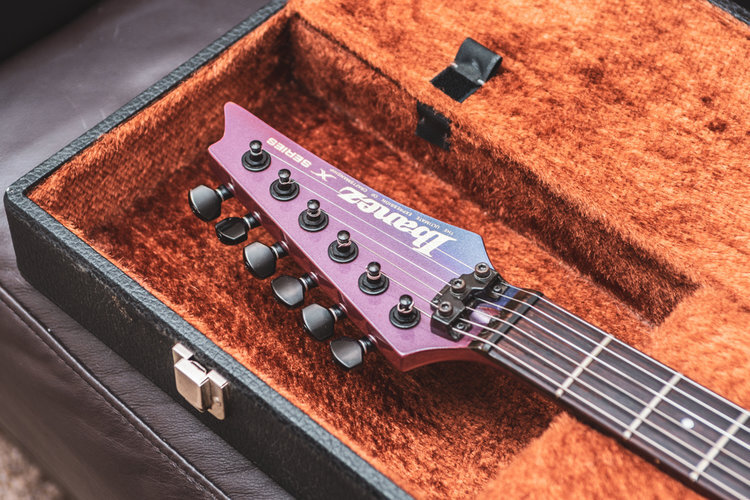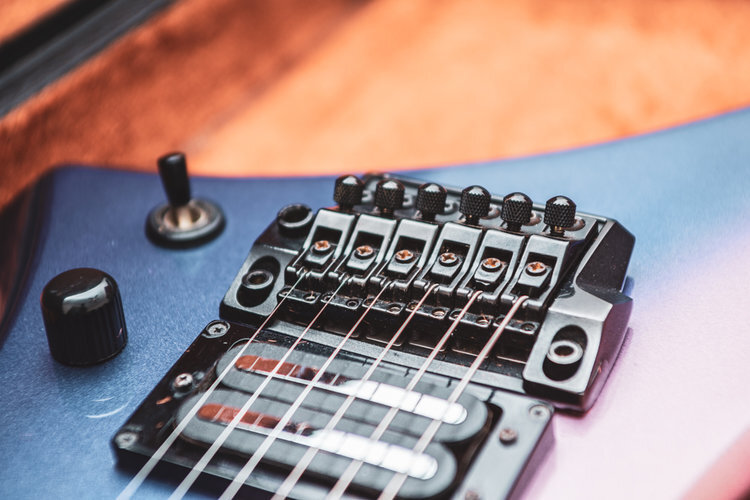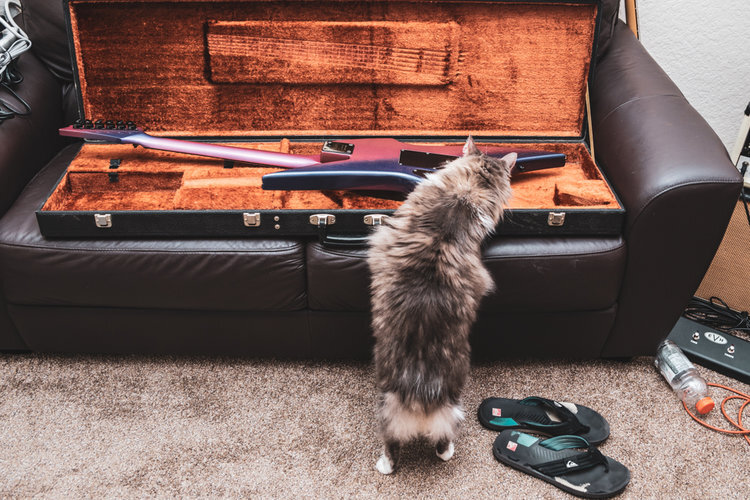Recently, I placed offers on two Nikon bodies I've been lusting after for years. Somewhat unintentionally, both were accepted and I'm now the owner of both a late model Nikon FM and an early Nikon FM2. Oops!
I've always held small mechanical SLR's in high regard, and I've been told many times that the Nikon FM series fit this category. My first vintage SLR was an Olympus OM-1, which enthralled me, and thus every film body I acquire put up against it for comparison. These are definitely similar in many aspects. Read my article on the OM-1 here if you haven't already.
The original FM
An earlier non-"N" FM2
They each arrived in fairly mediocre condition, though I expected this based on the descriptions. The FM had a non-working light meter and a fair dent in the top plate next to the film rewind knob. I was able to remove the bottom plate and touch up some solder on a wire connection, and this restored functionality to the meter. The FM2 was coated in dirt and the flip up rewind knob does not stay down. I completely overhauled this camera and it is now extremely clean, although I was not able to source a part for the rewind lever.
FM's dent and metal film door locking mechanism.
The FM2's plastic lock. This silver rewind lever occasionally flips up on its own.
One feature that put me off at first is the requirement for the film advance lever to be in the pulled out position to fire - with my OM's, I've always wound the shutter, then rotated the advance lever completely flush with the body and placed my thumb outside of it before firing. These cameras lock their shutter buttons in this position, so you have to leave it partially clicked out in order to fire. Leaving the lever out also enables the meters on both bodies, while retracting it turns it off. This is a smooth implementation compared to the OM-1's physical switch on the top plate, and far better than the OM-4T's "move to mechanical speed or wait/pray for the meter timer" method. We've all had issues with batteries dying in the field, or accidental bumps firing the shutter and you end up with a wasted frame - the Nikon's solve both of these problems with their advance lever on/off method.
FM's aperture coupling tab, disengaged.
FM2's plastic aperture indexing ring.
After spending some time with both bodies, I think I like the regular FM more than the FM2. Although it lacks the fancy, honeycombed, titanium, 1/4000 shutter mechanism of the FM2, it seems better constructed to me overall. Several parts that are machined metal on the FM transition to plastic on the FM2. This includes the film door lock lever, the aperture index coupling on the mount, and the film advance stopper. Additionally, the FM has a tiny button that allows you to flip the aperture index coupling tab out of the way, enabling the use of non-AI lenses with this camera (albeit limiting you to stop-down metering). Personally, I rarely shoot with a meter at all and there is a plethora of inexpensive and interesting non-ai glass available for very low prices, as most modern Nikon bodies can't mount them. It is definitely a trade off - you would give up the ability to take daytime portraits at f/2.8 (or wider) on the FM2 for the ability to use non-ai lenses. However, I can always mount a neutral density filter on the non-AI lens if that is my goal.
The FM's main controls. Flash X-sync, marked in red, is limited to 1/125. The film advance stopper is hidden behind the shutter speed dial.
FM2's control area. Note the small tab just off of the advance lever, which stops the film from advancing. This also has a more modern style shutter button and faster flash X-sync speed of 1/200.
Stay tuned for a more in depth review of each body, once I've had the chance to shoot a roll or two with them.










